The Tree of the Year 2004 is a European larch at Hafnargata 48 in Seyðisfjörður. The tree is one of the oldest larch trees in Iceland, although its exact age is unknown. The tree has quite a unique shape, with the widest trunk of any larch in Iceland and a really long branch extending out. The trunk splits in two at around 1 m height, with twists in both trunks and one of them splitting again into two. As a consequence, the tree has a crown that is wider than the tree height. The tree was estimated to be about 90 years old in 2004, based on a core sample. As for where it came from two theories have been proposed. One is that the owner of the house at the time got plants from either Norway or Denmark or that it came from Hallormsstaður, from a larch seeding in 1903.
Location on Google Maps: https://goo.gl/maps/ur2cQGB7nYxhYyff7
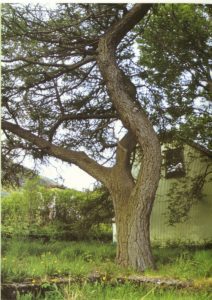

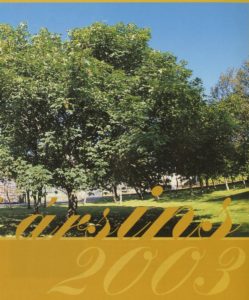
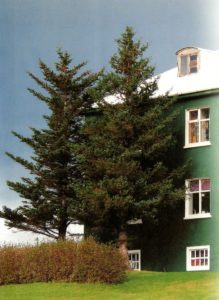
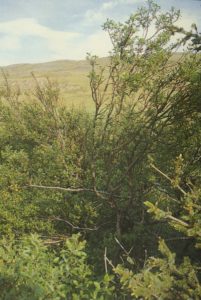
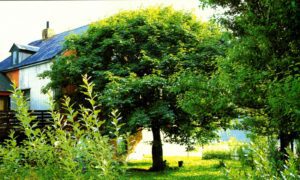
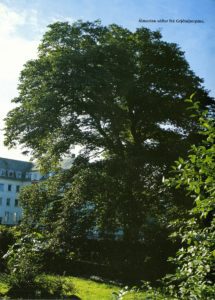
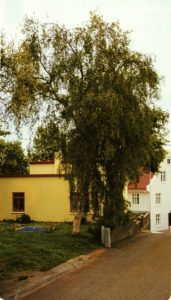
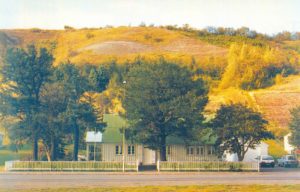
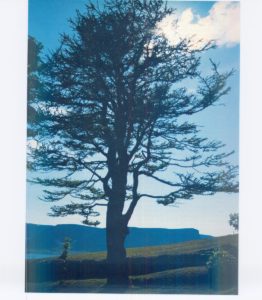
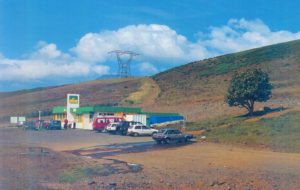

Nýlegar athugasemdir